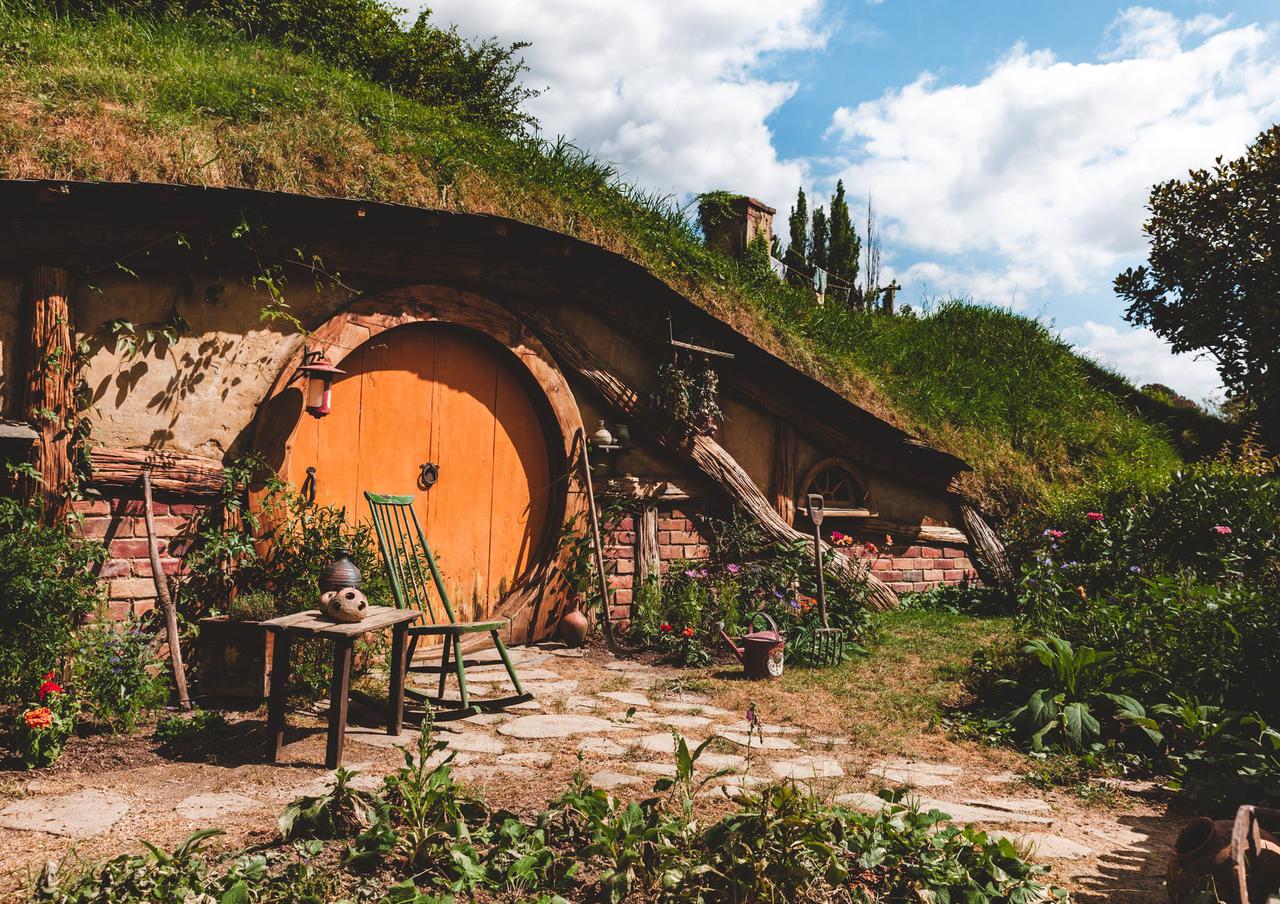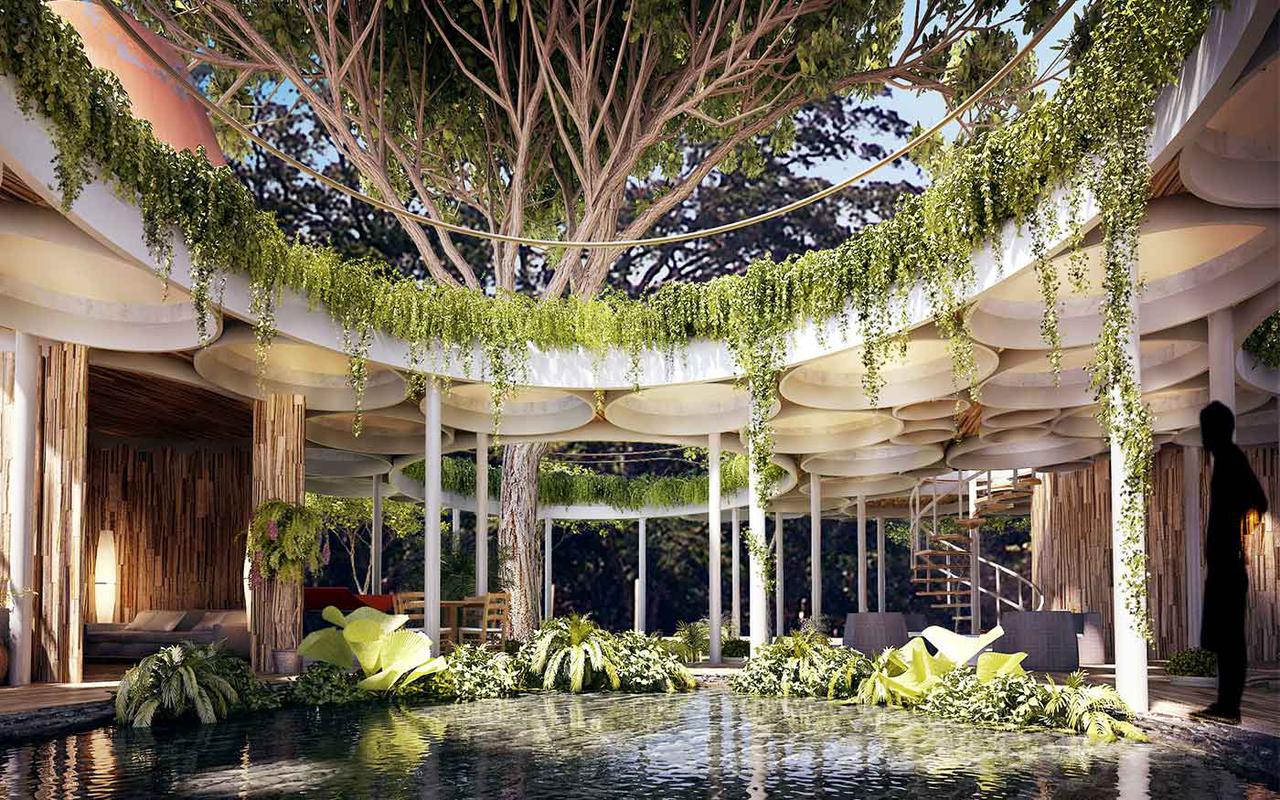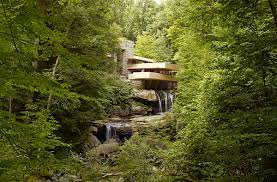Natural architecture
Courtesy : www.archslate.com
Modern landscape architecture is the result of a particular perspective on the human-nature relationship. Today, more than ever, there is a recognition of the landscape as a valuable asset that architecture can and should enrich while safeguarding future generations. The plethora of briefs and design concepts for natural-setting objects, such as cabins, observation towers, and shelters, that are a constant in the architectural news cycle demonstrate an enduring interest in the thoughtful development of inhabited places in terrain.
Here are 5 Aspects of the Area where Nature and Architecture Meet
1. Biomimetic Architecture
2. Biomorphic Architecture
3. Landscape Design and Use of Natural Materials
4. Minimalism In Design
5. Sustainable Techniques In Design
1. Biomimetic Architecture

Biomimetic architecture is a type of architecture that is inspired by nature. The structures and processes of nature, such as plants, animals, and other life forms, are mimicked in biomimetic architecture. Nature constantly finds a way to adapt to changes in the environment, including those caused by climate change. It also includes answers for surviving in the harshest of environments.
The mechanism that every plant, animal, and other life form has inside them to adapt to their circumstances has been a major source of inspiration for architects and designers. The use of technology to mimic their mechanisms and its use in the construction of structures as a means to merge architecture and nature in order for the building to adapt to its surroundings.
2. Biomorphic Architecture
Biomorphic architecture is a type of architecture that draws design inspiration from natural forms. The shapes are based on trees, leaves, animals, birds, and other natural forms, as well as abstract forms. Architecture with nature-inspired forms brings people closer to nature. Biomorphism, in today’s world, is a notion that many architects eagerly incorporate into their work.
3. Landscape Design and Use of Natural Materials

Users can live in constant contact with nature by combining open spaces and landscape areas with developed spaces. People are more positive and in a better mood when architecture and nature coexist, with environmental damage being reduced on a larger scale.
One of the best ways to intermix architecture with nature is to use natural materials in their most raw or unprocessed state. Every day, we come into intimate contact with spatial materials. As a result, the use of natural materials such as wood, clay, mud, stone, bamboo, and other similar materials creates a natural environment in the area and conveys the essence of the forest. Additionally, using a color pallet that includes natural colors such as earthy greys, blues, browns, earthy green, and rusty tints promotes a sense of harmony between self and nature.
4. Minimalism In Design

The Japanese philosophy known as wabi-sabi can be used to merge the structure with nature. Wabi refers to living alone in nature, simplicity, imperfection, and minimalism, whereas Sabi refers to praising the beauty of aging and wear, being rustic, and accepting the natural cycle of life and death. Simple and minimalistic designs without extraneous lines and forms, as well as natural materials that are allowed to mature, can create an environment that keeps consumers more linked to nature in the architectural space. Even having sight of nature makes people feel connected to it.
Having views of natural features like trees, mountains, rivers, and other natural elements through the windows, as well as sunshine inside the structure and access to sunlight throughout the day, is one approach to connect architecture and nature. Natural stones can be employed as decorative elements and sculptures in the interiors, and planters can be used for indoor gardening.
5. Sustainable Techniques In Design

Solar panels, rainwater harvesting systems, natural heating, and cooling systems, garbage, and sewage treatment systems, for example, supply vital resources to the structure’s users while simultaneously reducing the structure’s environmental effect on a larger scale. It also makes consumers aware of their obligation to the environment.
In this time and age, we often forget that we share our world with hundreds of thousands of other living things. Man has always existed in the midst of this tremendous diversity of life forms. However, via high-tech innovations and a desperate need for isolation, we have erected a barrier between us and them over the decades. It has established a divide not just between ‘us and them,’ but also between us as a ‘human’ and species similar to them.’ We can only hope that, in addition to making the world a healthier and happier place, we can also encourage a more ethical connection with nature with such modern architectural innovations.



